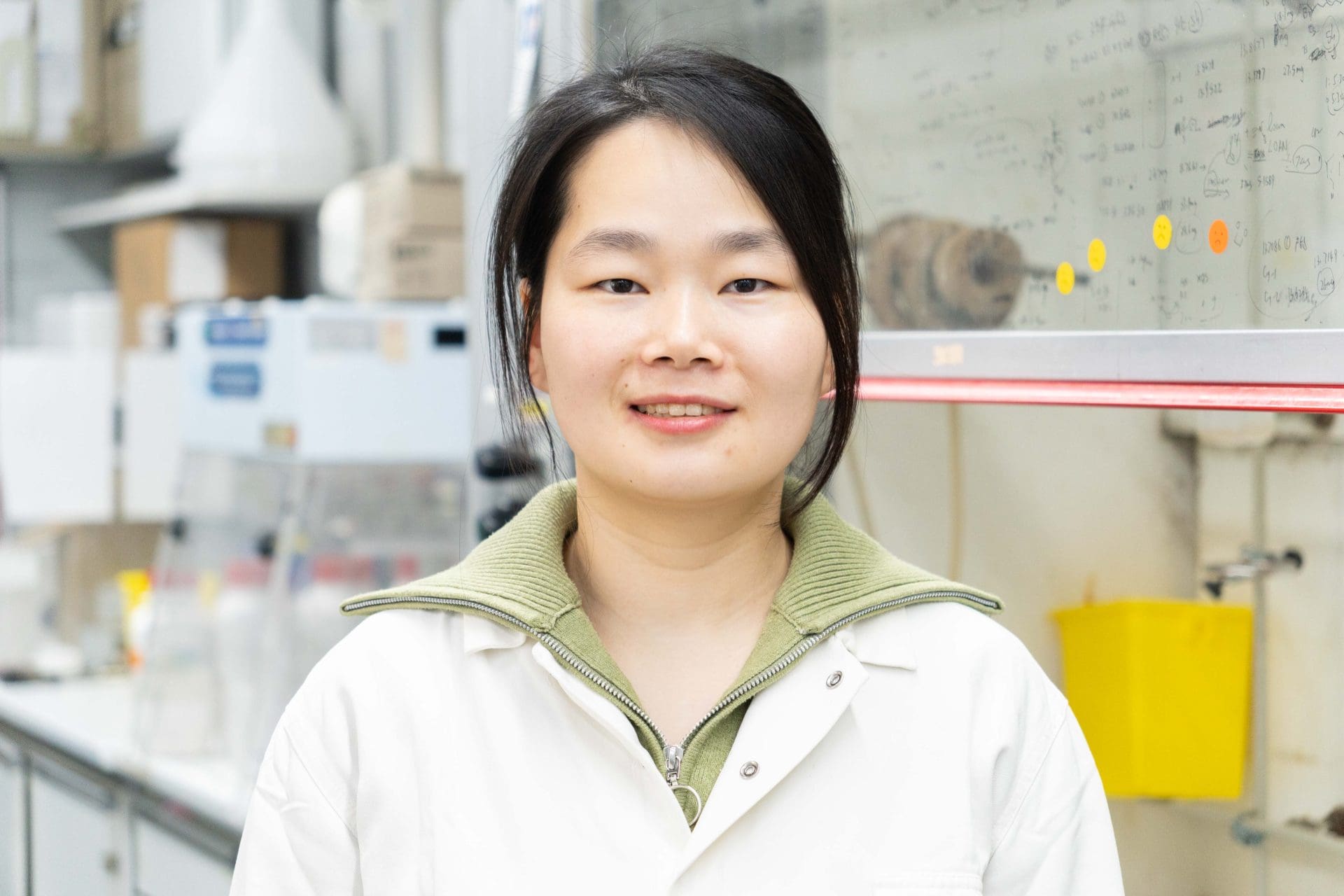
 06/03/2025
06/03/2025
 11:00 h
11:00 h
 ICIQ Auditorium Prof. Dr. Kilian Muñiz
ICIQ Auditorium Prof. Dr. Kilian Muñiz
- Lecturer: Xiaoqing Shao
- Supervisor: Prof. Antonio M. Echavarren
Synthesis of Polycyclic Aromatic Hydrocarbons by peri-Alkynylation
Abstract
Polycyclic aromatic hydrocarbons (PAHs) are widely used in electroluminescent devices, semiconductors, lithium-ion batteries, and material science applications due to the unique optical, electronic, and magnetic properties provided by their biradical character. This Doctoral Thesis focuses on the synthesis of previously inaccessible compounds of this sort, as well as on the development of new methodologies to access useful intermediates for their synthesis.
Firstly, a methodology based on the Rh(III)-catalyzed carbamate directed peri-alkynylation of polycyclic aromatic compounds was developed. Bromoacetylenes bearing silyl, alkyl, aryl, and alkenyl substituents were well tolerated and the resulting alkynyl-substituted polycyclic aromatic compounds were obtained in good yields and regioselectivity. Apart from 1-pyrenyl carbamates; 1-naphthyl, 1-chrysenyl, and 1-fluoranthenyl carbamates could also be employed, with similar yields and regioselectivity.
Then, this newly developed methodology was applied to the synthesis of vertically π-extended zethrene derivatives. The carbamate group of the product of peri-alkynylation was converted into an iodide. This iodide could then undergo a Pd(II)-catalyzed cyclodimerization to yield the vertically π-extended zethrene derivative. Additionally, a slight modification of this route allowed further cyclization of the zethrene product through a Scholl reaction with FeCl3 as the Lewis acid and DDQ as oxidant. The photophysical and electrochemical properties of the new compounds were studied.
In addition, the developed peri-alkynylation reaction was also used in the synthesis of octabenzoovalene. In this case, the synthesized 1-pyrenyl iodide bearing an alkynyl group in the peri-position underwent dimerization catalyzed by Cu. The dimer could then undergo Pd(II)-catalyzed cyclization and arylation to form a dialkenyl aromatic compound. The dialkenyl aromatic compound reacted through Katz-modified Mallory photocyclization and subsequent Scholl cyclization to form an octabenzoovalene derivative.
Lastly, a route towards the synthesis of hexacenohexacene was developed. The key steps were a Pd(II)- catalyzed Suzuki coupling of a diboron-substituted pyrene with a 2-iodonapthalene derivative with a bromo and an ester substituent. The bromo substituent was converted into an alkyne via a Sonogashira reaction, followed by an acid-catalyzed acylation and cyclization reaction of the ester groups and alkynyl to yield a key diketone precursor. This diketone precursor was characterized by IR and HRMS and could be used to synthesize hexacenohexacene via nucleophilic addition and aromatization reactions.
If you would like to follow the PhD thesis defense online, please, register here.
Other events

Let's create a brighter future
Join our team to work with renowned researchers, tackle groundbreaking
projects and contribute to meaningful scientific advancements



















